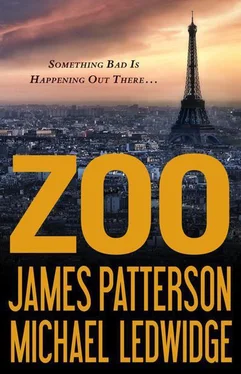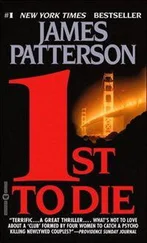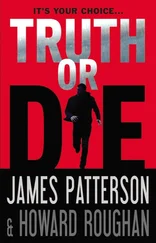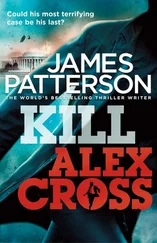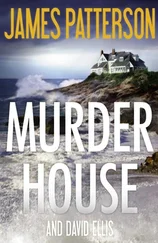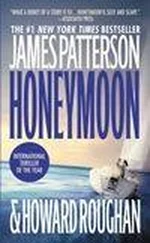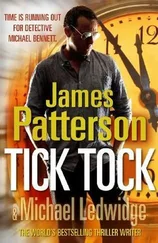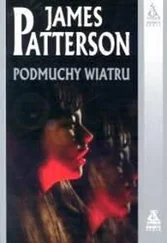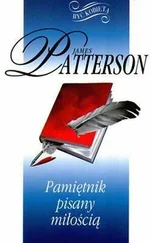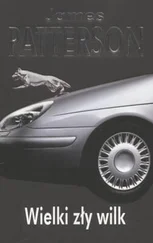Never in human history has there been a time when most people are so distanced from animals. So removed from them, both psychologically and physically. If you are a human being in a place like, say, where I live, New York City, you won’t really have to interact with a nonhuman animal all day long. It makes me think about how the world must have been before the Industrial Revolution. You needed oxen to plow the fields. The fastest way between two points was a horse. Knowing animals, being close to them, used to be a way of life. Less and less so for more and more people now. Homo sapiens is so close to dogs that we even coevolved with them. The genetic difference between a human and a chimp is about the same as the difference between two subspecies of groundhog that evolved on opposite banks of a river—and yet even Attila had been affected. Surely the root of HAC was some very, very small, and very, very recent, change. And that change had to be something that humanity was up to, because we seemed to be the only mammal on the planet incapable of being affected. For whatever reason, whatever it was that was going on got along just fine with our brains, but simply did not gel with the brains of seemingly all other mammals.
It was a zoo, all right, I thought, shutting off the water, staring out through the bars down at Seventh Street. Only it was starting to look like the Homo sapiens were the ones who would be relegated to the cages from now on.
TWENTY MINUTES LATER, my taxi driver cranked the reggaeton as we swam upstream through sludgy traffic on the Bowery for my early-morning meeting. Usually the noise would have driven me up the wall. But that morning, I actually found the only-in–New York aggravation oddly comforting. By the time we made it to the Flatiron district, I had begun to think affectionately of the swamp of traffic and gratuitous honking.
It meant that, disaster or no, people were going to work today. The Big Apple hadn’t gotten the end-of-the-world memo just yet.
Then I saw a dog on the street. It was moving along the sidewalk just north of Thirty-Fourth Street.
On the east side of Third Avenue, coming off the curb about half a block ahead, was what looked like a medium-size black-and-white Border collie mix with a dirty blue bandanna around its neck. The mutt was by itself, and as I watched, it began to thread its way through the traffic, from east to west, across the avenue.
What set my alarm needles to twitching was the animal’s sense of purpose, of deliberate calmness. Stray dogs usually have a guilty, skulking look about them, especially in a big city in broad daylight. This dog wasn’t going too fast or too slow, nor was it looking at anyone. It was focused, confident—looking like it was headed somewhere.
I had a sudden hunch.
I leaned forward. “Stop the cab, please,” I said.
“Here?”
I threw him a bill. “Keep the change.”
“You want receipt?”
I was out the door, narrowly avoiding becoming enmeshed in the grille of a beer truck as I jogged across Third Avenue and headed north in pursuit of the dog. I got to the corner of Forty-First Street and looked left, down the block where the dog had been headed. At first I couldn’t see anything. Then I stepped into the street alongside the line of parked cars and saw a white tail wagging as it crested the top of the rise by Lexington Avenue.
“The hell do you think you’re doing?” a traffic cop shouted at me as I played Frogger across the intersection.
I kept my eyes on the tail of the collie, its little white feet picking up into a trot, as it crossed Park Avenue, a block west.
Kicking it up to a full-blown sprint, I managed to keep track of the dog as it crossed Madison Avenue. It kept going west on Forty-First, heading toward Fifth Avenue and the front steps of the New York Public Library.
I got to Fifth just in time to see the dog heading north on the sidewalk on the west side of the avenue, toward the corner of Forty-Second.
Dodging my way through an asteroid belt of early-morning commuters, I ran on the east side of the avenue, parallel to the dog—who was really moving now, boogying—toward Forty-Second. When I got to the corner there was too much traffic to cross and I had to wait for the light.
It took ten ticks of eternity for the light to change.
When it finally did I bolted ass-on-fire across Fifth, scanning the avenue up and down and looking east and west on Forty-Second. The dog could have gone anywhere—maybe into Bryant Park, behind the library to the west. It could have slipped into one of the surrounding office towers for all I knew.
The dog was nowhere to be seen. Wherever it had gone, and whatever I might have learned from it, was lost now.
I was crossing to the other side of Forty-Second to catch another cab, glancing at my watch and trying to calculate how late to the meeting I would be, when another dog almost ran between my legs in the crosswalk. I wheeled around and watched as a white Yorkshire terrier made the corner and trotted west along the south side of Forty-Second. Little dude was on a mission.
Oz: follow that Yorkie.
There was a small ornate stone building on the perimeter of Bryant Park—not taking my eyes off it, I watched the little white dog scuttle on stubby legs and disappear into the recessed doorway of the little building.
In a moment I was standing by the squat, easy-to-miss building. The recessed doorway led to a small descending stairwell that ended in two black wrought iron doors hitched together with a padlocked chain.
I stood at the top of the stairs, blinking. I was completely bamboozled. Because there was nothing else to see. The dog had vanished.
I HEARD THE echoes of my shoes clattering down the fetid concrete stairs. I pushed against the doors—they creaked and groaned inward easily, making a wide gap against the bight of the heavy black chain. I presumed the dog had slipped through the gap.
Why he had done so was a mystery.
I squinted, peering through the dim gap. I thought about going into the library and finding out who might have the key to the lock.
For about four seconds.
I abandoned that plan and popped two buttons off my oxford cloth shirt, squeezing myself feetfirst through the narrow gap.
Inside, I found a light switch and turned it on. A feeble orange lamp flickered on above. It was a storage room, full of lawn mowers, rakes, and other maintenance equipment for the park. Beside the equipment to the right were more stairs, leading to a downward-sloping corridor lined with ducts and pipes.
The arched tunnel was made of old-fashioned faded red brick. I vaguely remembered that Bryant Park stands on the site of what had been the city’s main reservoir in the mid-1800s. The curving tunnel went on for ten feet and then opened up into a small round room filled with huge pipes, valves—everything gunked up with disuse and caked orange with rust. The largest of the pipes was open at the end and set sideways into the wall about a foot off the floor, like a tunnel.
I squatted down next to the pipe and caught a scent—rank, musky, unmistakable.
It was the smell of wet dog.
Wet dog and then some. It was mixed with a lush potpourri of garbage, skunk, dead animal, shit. It was a smell that could peel paint. There was some kind of moisture on the floor of the wide pipe, and the stench seemed to emanate from it like smoke from a tire fire. It was acrid, hideous.
I stared into the reeking blackness. For a long time. I thought of turning back, of dog attacks. Something about the complete focus of the dogs I had followed told me I was safe. I went into the pipe.
It was like crawling into the asshole of Satan. Every five feet I had to stop and repress the urge to vomit. My hands, knees, and feet squelched in the sucking black muck as I slogged my way through the tube.
Читать дальше
